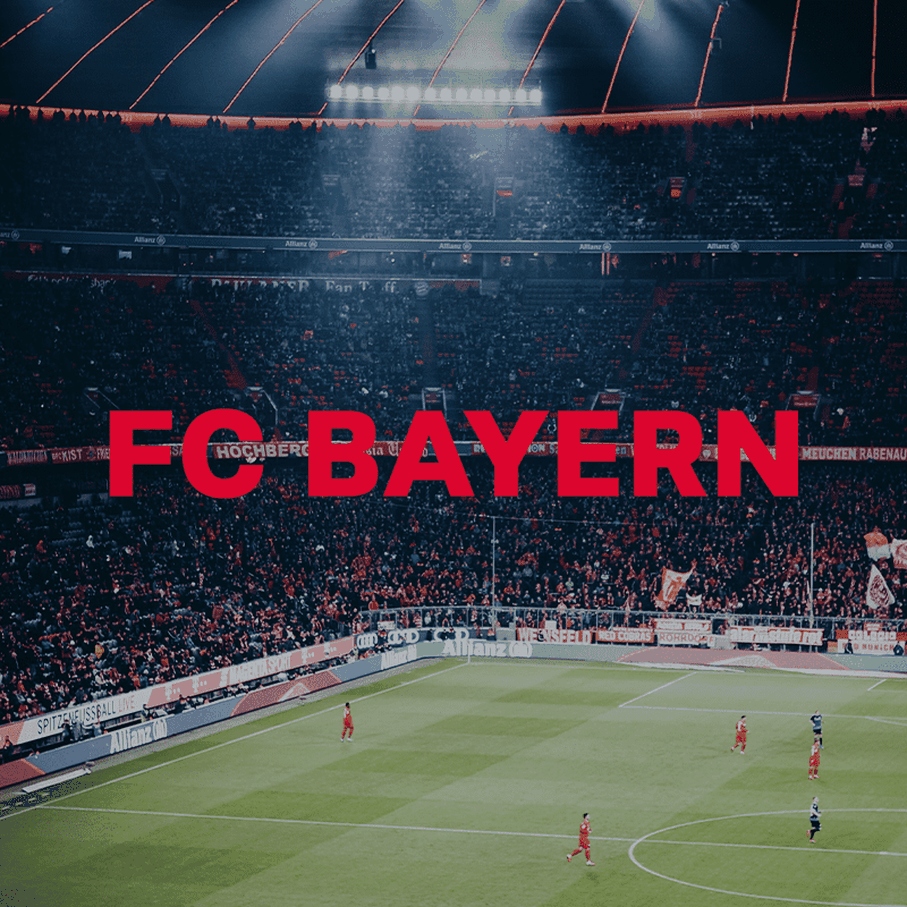
JavaScript (JS) is one of the most popular programming languages in the world. It is often used to enable dynamic features and interactions on web pages. Often JavaScript is used to enable dynamic features such as loading content while scrolling, submitting forms, interactive maps, and animations that respond to the mouse pointer. However, the use of JS can affect indexing on Google. The SEO experts at diva-e Conclusion explain the background and show solutions.
How does JavaScript influence SEO?
JavaScript can subsequently change content on a page that is relevant for SEO, such as headings and canonical tags. These content differences have a direct influence on how search engines process the page. It is true that in most cases Google can crawl websites with JavaScript without errors and interpret them correctly. But this does not mean that websites should be built exclusively with JavaScript without hesitation. After all, just calling JavaScript pages requires more processing power than regular HTML pages and can sometimes lead to problems. For example, if the HTML of a page says "noindex", which becomes "index" after rendering, this is a problem. Since Google analyzes the HTML first and does not render and execute the JavaScript on pages with "noindex", this information is lost to the search engine.
Therefore, it is important to understand and consider the SEO implications of JavaScript when running or creating a website. Basically, you should ensure that a page loads quickly by optimizing the JavaScript code and reducing the size of the JavaScript files.
Impairments for Google crawlers and indexing
For pages that are predominantly built with JavaScript and especially for SinglePageApplications (SPA), Google can have problems crawling and indexing web pages. This is because content within JavaScript elements is not always structured in such a way that the crawler can reach all content and find it correctly segmented. The Google bot must be able to follow the links in the structure of the website to fully understand and access all important pages.
So, the pages that can later be accessed individually in the browser should definitely also have their own URLs where they can be reached individually. Otherwise, Google may record all content under a single URL. In such cases, Google attributes the content to a single page instead of different, thematically separated pages. A lot of mixed content within a page usually results in the page then ranking for nothing at all. If content in the HTML code of the page is changed by rendering JavaScript, this is also problematic. Because in such a case Google receives two different content signals.
JavaScript influences the page load time
In addition, rendering dynamic content requires more computing power and resources. Google therefore does not immediately render and interpret the content on the page with every crawl - and indexes it with a delay. In 2022, for websites we monitored, it sometimes took several weeks for pure JS content to land in the index.
One factor that should not be overlooked is that JavaScript-based pages tend to load slower than regular HTML pages if they were built by developers without a focus on search engine optimization. This affects the user experience with the page. In addition, slow pages are usually accompanied by poorer Core Web Vitals scores, which are an important factor for Google.
Avoid problems with JavaScript, Google and SEO
For SEO, it is important to build and design the pages of a JavaScript-based website so that both humans and the Googlebot can easily reach and access all content. For efficient SEO, avoid JavaScript links that dynamically redisplay pages and their content completely, but without providing a URL where that content can be accessed in each case.
To achieve this, pages and their JS-based content must be as fully HTML as possible. This ensures that Google can recognize all dynamic content and index it accordingly.
For this purpose, it is recommended to implement a server-side rendering solution in combination with caching. Server-side rendering ensures that the Googlebot does not have to render the JavaScript content itself. This is because the Googlebot gets the rendered content ready from the cache and can directly capture the content of the page.
A well thought-out JavaScript SEO framework also makes all JS-based content retrievable in other ways, such as via an XML sitemap. This allows search engines to reach the pages through various sources.
Do you have questions about the topic or need help implementing SEO-compliant JavaScript? The SEO experts at diva-e Conclusion are happy to help.









